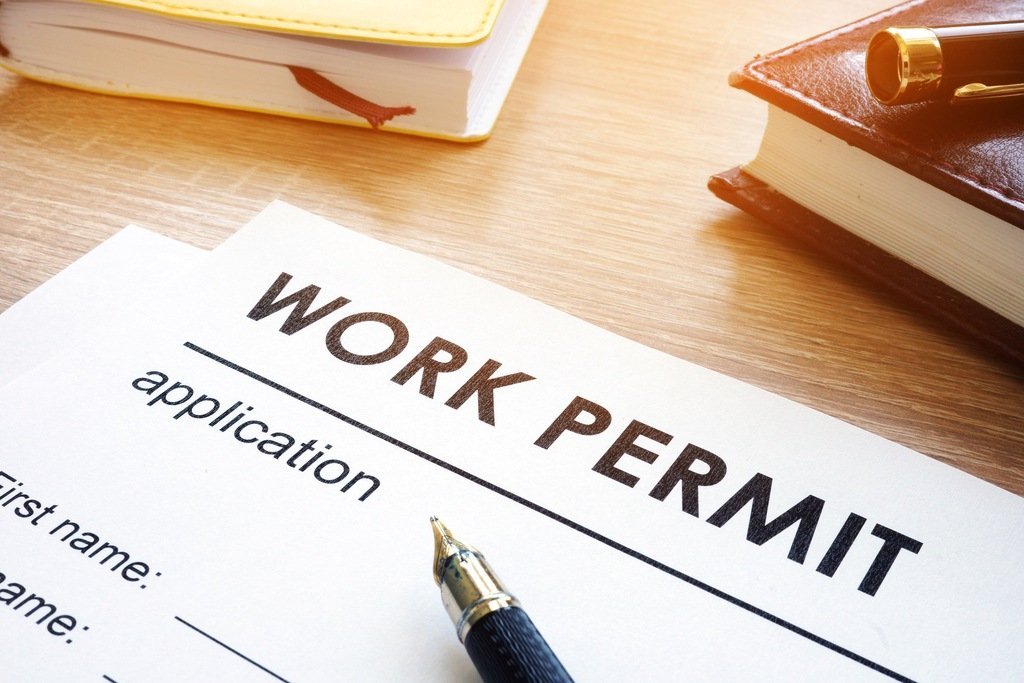The opportunity to work abroad can be a fantastic opportunity for employees to develop their capabilities and gain perspectives. However, knowing whether a work visa or permit is required is necessary to avoid legal complications.
A visa is an endorsement stamped on your passport that permits you to travel and enter a country. Work permits, however, can be described as an Employment Authorization Document that demonstrates the ability to legally work at a foreign country.
Differences
When it comes to working overseas, the numerous legal requirements can be challenging. In order to make the process easier, it is important to comprehend the difference between work permits and work permits.
Visas allow an individual to go into a foreign country for a specific purpose such as tourism, business, or for study. However, an employment permit or EAD (Employment Authorization Document) is granted to permit an international employee to legally participate in job-related activities with a specific employer.
Work visas and work permits are subject to different conditions and terms and are different for each country. A work visa is valid for a certain period of time, but a work permit can be renewed if needed. There are also limitations on how often the individual is able to switch work, which could be difficult for someone looking to switch employers.
Eligibility
Work Permits and Visas have numerous conditions that differ by nation. Eligibility criteria includes the type of job being performed, the duration of the permit or visa as well as any other legal requirements like academic qualifications.
It’s crucial to confirm the required visa or work permit requirements before applying, as in the event of a non-compliance with these standards could result in the rejection of your application by USCIS. If you are rejected, it’s recommended to consult an expert and re-apply with the help by an experienced Immigration Lawyer.
For example, it is illegal to be employed in United States without an EAD. United States without an EAD (Employment Authorization Document) issued by USCIS. An EAD is a photo identification which looks similar to an driver’s licence. The EAD is only granted to those who qualify under certain categories for example students and asylum seekers.
Visa Application Process
The process for obtaining working permits and visas differs depending on the country where you’re employed. Generally, visas are granted for specific purposes and allow admission into the country only for a certain period of time.
Visas are available through the consulate or embassy of the nation you wish to visit. The applicant must provide the necessary documentation, such as your passport or proof of identity as well as your employment information.
A work visa is a photograph ID card that demonstrates your legal right to be employed in the country you are currently living and working. The card is issued by USCIS and resembles an driver’s licence. The document is also known as an Employment Authorization Document (EAD).
Purpose
Work permits are needed in conjunction with a visa. They determine what an individual is allowed to do while in a foreign country. These permits typically require a college degree, previous job reports or an expert “testimony” among other requirements.
Visas, on the other hand normally limit the kind of activities you can participate in for example, traveling to conferences or running a business. The same is true for each country.
Obtaining work permit for expatriate is necessary for anyone who wants to work as a confinement nanny in Singapore. However, an US company may sponsor the visa of an employee who does not have an education through labor Conditions Application (LCA) and the certification. The employer must proves there is no qualified foreign worker working who is in the US to fill this position. The process can be more complex and long than applying for an actual visa.

Navigating Legal Requirements for Working Abroad
If you’re planning to work abroad or already do that, awareness of the differences between work permits and visas will help you navigate the legal process. Additionally, it can assist you make sure you don’t make any mistakes or misunderstands that may delay or even hinder the plans you have made.
A work visa usually ties you to an company, and will be in effect only while the company employs you. This makes it difficult to move jobs or places that aren’t yours if you’re unhappy at the current position.
Ogletree Deakins’ Cross-Border Practice Group will continue to monitor the issues that impact both businesses and individuals who operate globally. we will provide updates on our blog as new events are discovered. As of now, we believe this article will help you reach your professional goals.
